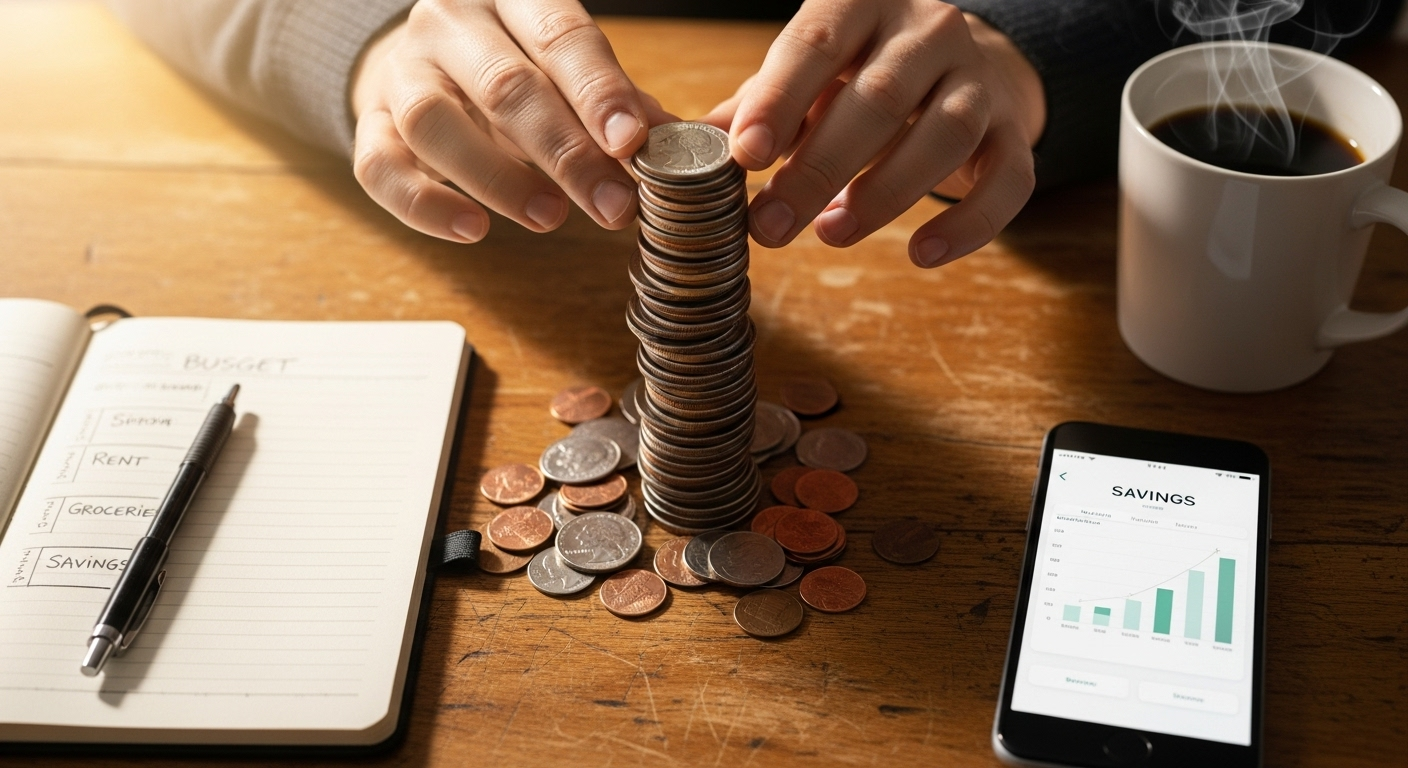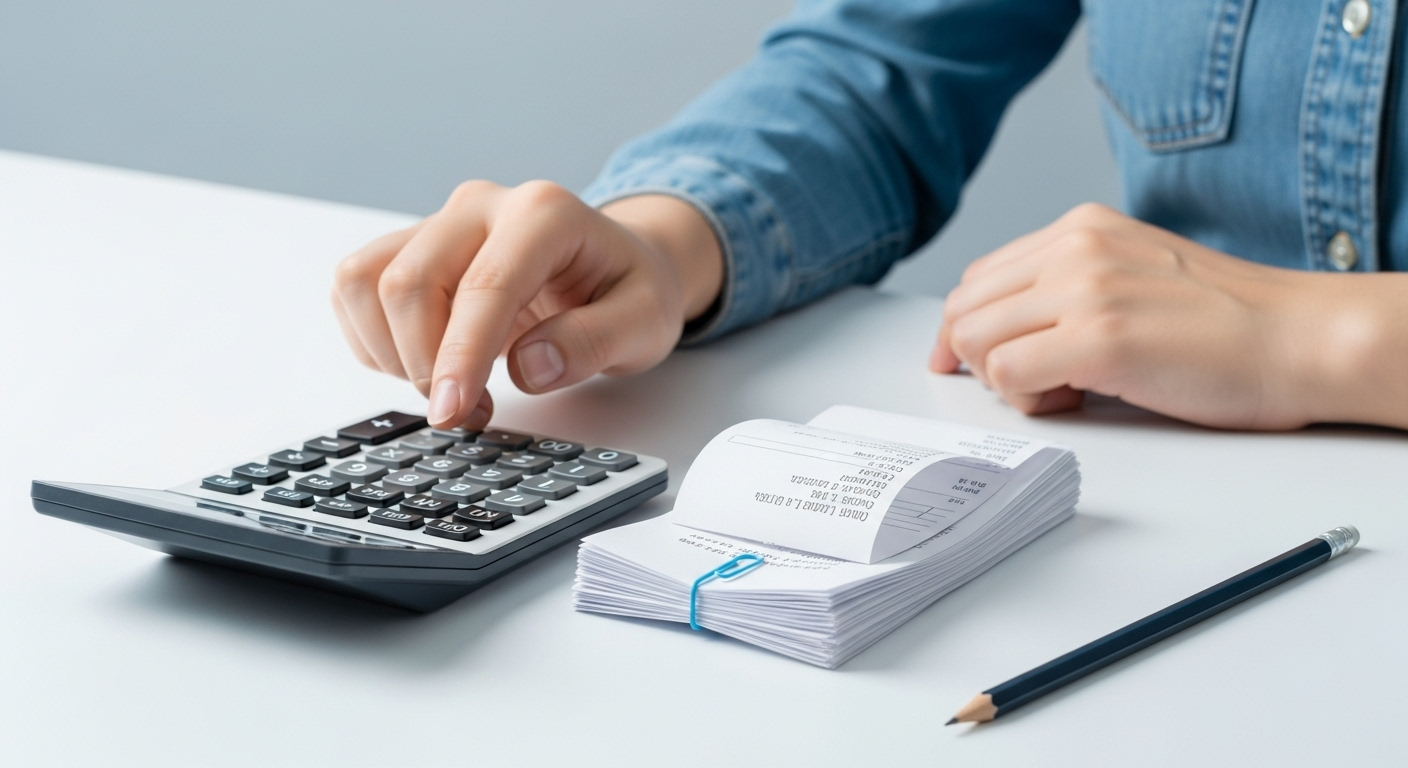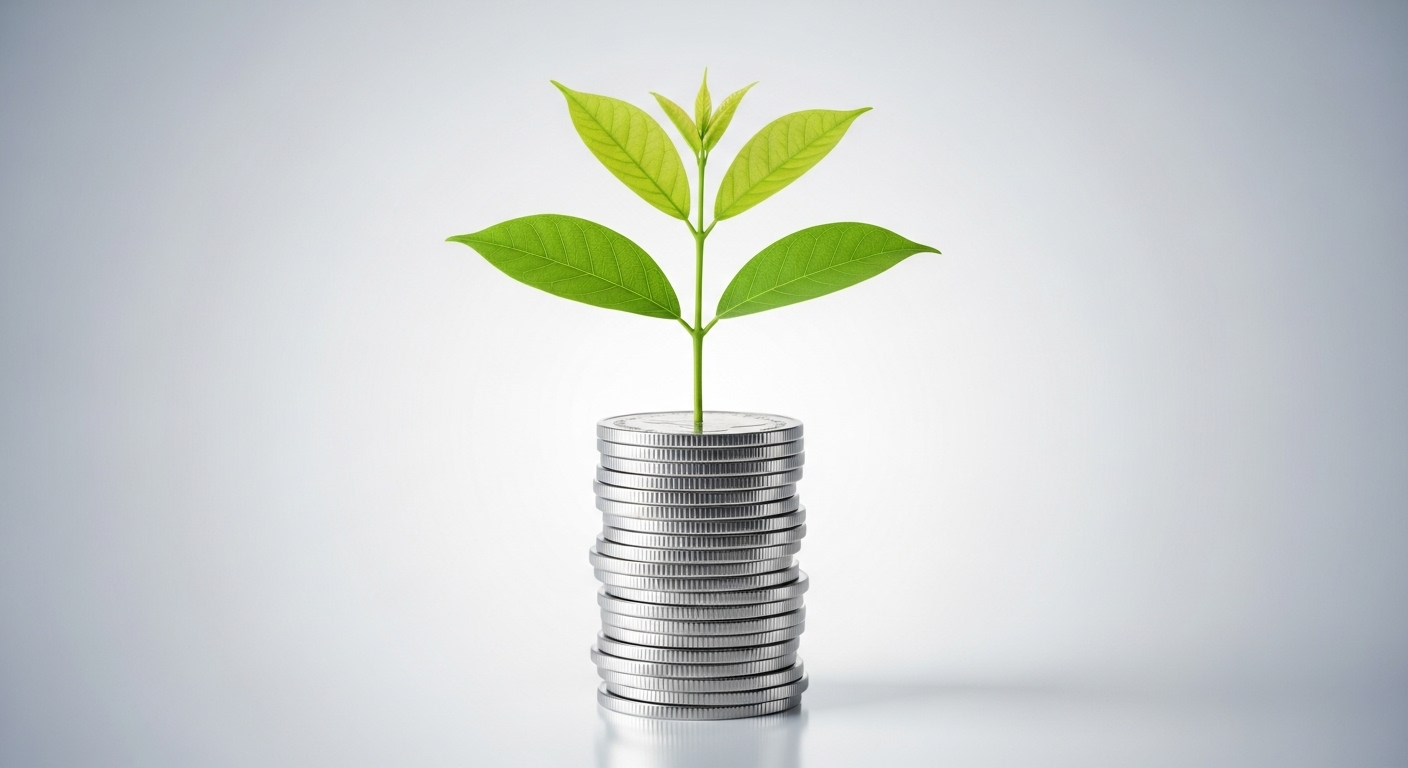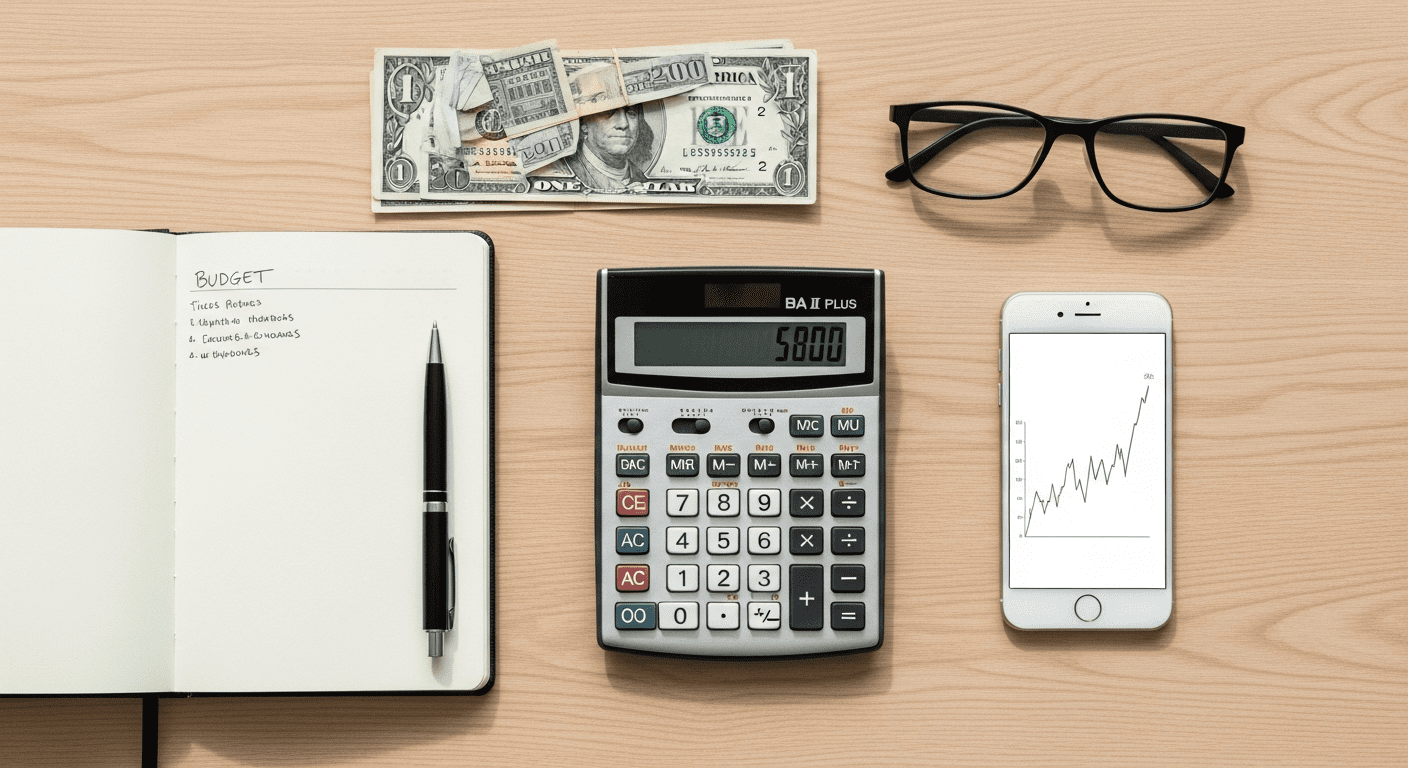
Let’s just call it what it is: a low-grade hum of anxiety. It’s the background noise for most of us. It’s the feeling you get when you see a headline about inflation, or when your car makes a funny noise. It’s the knowledge that you’re one bad day—one unexpected layoff or medical bill—away from a full-blown financial panic.
And the “advice” out there? It’s a firehose. A thousand gurus on TikTok screaming about crypto. Suze Orman telling you you can’t afford a coffee. Dave Ramsey yelling about gazelles. It’s loud, it’s contradictory, and it’s exhausting. It’s designed to make you feel like you’re failing, and that the only way to succeed is to buy their book or subscribe to their course.
It’s a lie.
I’ve spent years digging myself out of that confusion, not by becoming a financial wizard, but by realizing a simple, unsexy truth: Building wealth and achieving financial security isn’t about being a genius. It’s not about finding the one “secret” investment. It’s about building a simple, sturdy house, one brick at a time, and then letting time do the heavy lifting. This is your blueprint.
The Foundation: Your “Oh Crap” Fund
Before you even think about investing, before you dream about retirement, you must build your foundation. This is your emergency fund. Or, as I prefer to call it, your “Oh Crap” fund. It’s the money that lets you say “oh crap” instead of having a full-blown meltdown when the transmission dies.
This is non-negotiable. Your goal is to have 3 to 6 months of essential living expenses saved up. Not your full income, but what it costs you to survive—rent/mortgage, utilities, food, transportation. That’s it.
And where does this money live? Not in your checking account where you might accidentally spend it. It lives in a separate high-yield savings account (HYSA). These are online savings accounts that pay you significantly more interest than a traditional brick-and-mortar bank. It’s still not an investment, but at least your money isn’t getting eaten alive by inflation while it sits there. This fund isn’t for growing wealth. It’s for buying peace of mind. It’s the single best purchase you will ever make.
The Walls: Attacking Bad Debt Like It’s on Fire
Once your foundation is poured, you have to build strong walls. That means getting rid of high-interest debt. I’m talking about credit card debt, personal loans, anything with an interest rate over 7-8%. This isn’t just a financial nuisance; it’s a five-alarm fire in your financial house. It’s actively working against you every single second of every single day.
You need to get aggressive. The two most popular methods are the “avalanche” (paying off the highest-interest debt first, which is mathematically optimal) and the “snowball” (paying off the smallest balance first for a quick psychological win). It doesn’t matter which one you choose. Just choose one and attack it with everything you’ve got.
The feeling of making that final payment on a credit card you’ve been carrying for years? It’s a freedom that’s hard to describe. It’s the first moment you truly feel like you’re in control. This is a crucial step towards long-term economic growth on a personal scale.
The Roof & The Ladder to the Sky: Your Future Self’s Paycheck
This is the part where most people’s eyes glaze over—investing. But again, it’s simpler than you think. This is how you achieve true financial independence.
Step 1: The Free Money (401k/403b Match). If your job offers a retirement plan with a company match, you must contribute enough to get the full match. It is 100% free money. If you don’t do this, you are lighting your own salary on fire. There is no debate here.
Step 2: The Tax-Free Magic (Roth IRA). After the match, your next stop is a Roth IRA. This is a retirement account you open yourself. Its superpower? You pay taxes on the money now, but it grows and grows, and all withdrawals in retirement are 100% tax-free. It’s one of the best wealth-building tools available to Americans. For a deeper dive into retirement strategies, check out this guide on retirement planning in the USA.
Step 3: The Rest. Maxed out your Roth IRA? Go back to your 401(k) and contribute more. The goal is to be saving at least 15% of your gross income for retirement, spread across these accounts.
And what do you buy inside these accounts? Forget trying to pick the next Tesla. You buy a simple, low-cost, broad-market index fund or ETF (like one that tracks the S&P 500). You’re not buying one stock; you’re buying a tiny slice of the entire American economy. Then you set up automatic contributions and you don’t touch it for 30 years.
The Interior Decorating: Budgeting and Credit Scores
Notice I put this last? That’s because these things are tools, not the end goal.
A budget isn’t a financial diet meant to make you miserable. It’s a spending plan. It’s you telling your money where to go, instead of wondering where it went. That’s it. Use an app, use a spreadsheet, use a notebook. Find what works and stick with it.
Your credit score? It’s important, but it’s mostly a byproduct of doing everything else right. Pay your bills on time, keep your credit card balances low, and don’t take on unnecessary debt. Your score will take care of itself. For more on the importance of credit, the Federal Reserve offers great resources on understanding your credit report.
Building financial security isn’t about deprivation. It’s about intention. It’s about deciding that your future freedom is more valuable than your present impulse. It’s a quiet, steady process. But if you start today, your future self will thank you for it.
Frequently Asked Questions (FAQs)
Okay, but realistically, how much should I have in my emergency fund?
The standard advice is 3 to 6 months of essential expenses. If you have a very stable job and multiple sources of income, you might be comfortable on the lower end (3 months). If you’re a freelancer, a single-income household, or have less job security, aiming for the higher end (6 months or even more) provides a much stronger safety net and greater peace of mind.
Is it ever okay to have debt?
Absolutely. The key is to differentiate between “good debt” and “bad debt.” Bad debt is high-interest consumer debt like credit cards. It serves no purpose other than to make you poorer. Good debt is typically low-interest debt used to acquire an asset that could appreciate, like a mortgage on a home or, in some cases, a student loan for a high-earning degree. The priority is always to eliminate bad debt.
What about all the hype with cryptocurrency and individual stocks?
Think of this as the “poker money” corner of your financial life. It’s okay to have a small, speculative portion of your portfolio (no more than 5%) dedicated to these things if you find it interesting. But it is not a retirement plan. Your core wealth should be built on boring, reliable, diversified index funds. Gambling on crypto should never replace funding your Roth IRA.
I’m in my 40s and feel like I’m hopelessly behind. Is it too late?
It is never too late to start. You may have to be more aggressive than a 22-year-old, but you also likely have a higher income. The IRS even offers “catch-up contributions,” allowing people over 50 to save more in their retirement accounts. Don’t let shame or regret paralyze you. The second-best time to start is today.








